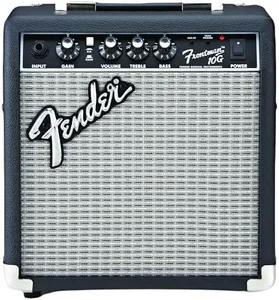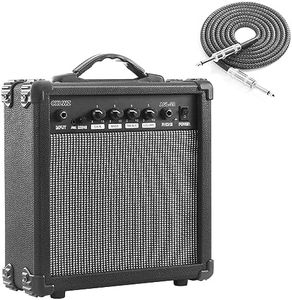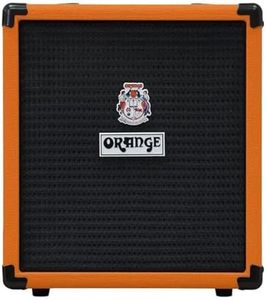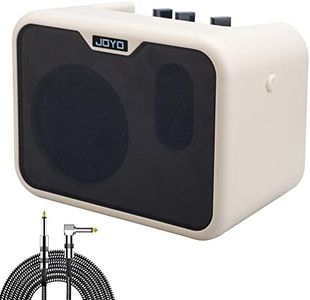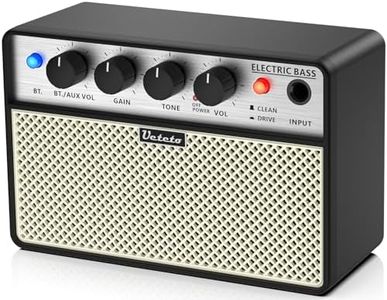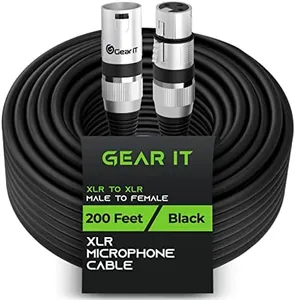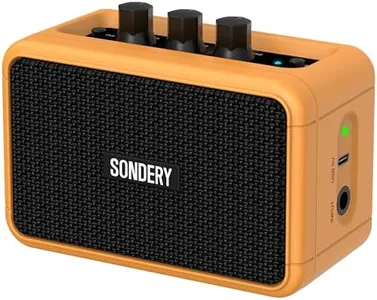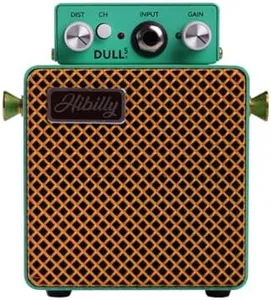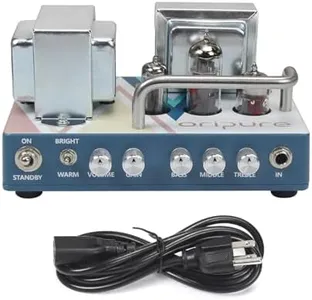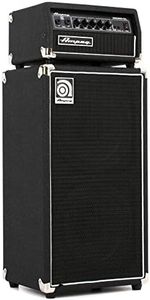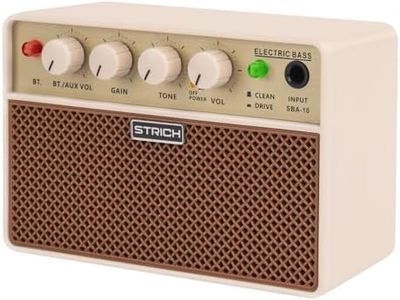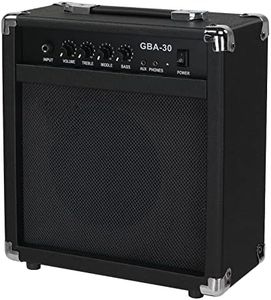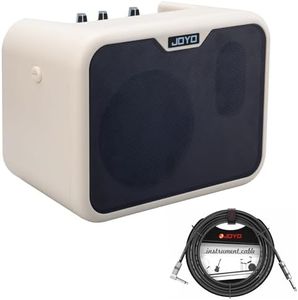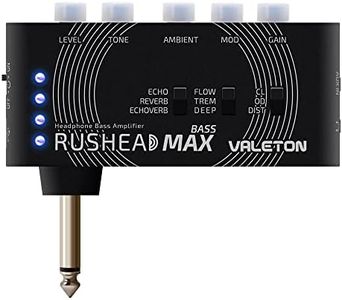We Use CookiesWe use cookies to enhance the security, performance,
functionality and for analytical and promotional activities. By continuing to browse this site you
are agreeing to our privacy policy
10 Best Bass Amps 2025 in the United States
How do we rank products for you?
Our technology thoroughly searches through the online shopping world, reviewing hundreds of sites. We then process and analyze this information, updating in real-time to bring you the latest top-rated products. This way, you always get the best and most current options available.

Buying Guide for the Best Bass Amps
Choosing the right bass amp can significantly enhance your playing experience and ensure that your bass guitar sounds its best. When selecting a bass amp, it's important to consider several key specifications that will affect the sound quality, volume, and overall performance. Understanding these specs will help you make an informed decision and find the amp that best suits your needs.Power (Wattage)Power, measured in watts, determines how loud your amp can get. For home practice, a lower wattage amp (10-30 watts) is usually sufficient. For rehearsals or small gigs, you might need something in the range of 50-200 watts. For larger venues or if you're playing with a loud band, you might need 300 watts or more. Consider where you'll be playing most often to decide the right power level for you.
Speaker SizeThe size of the speaker, measured in inches, affects the tone and volume of the amp. Smaller speakers (8-10 inches) are more portable and can be great for practice or small gigs, offering a tighter, more focused sound. Larger speakers (12-15 inches) provide deeper bass and more volume, making them suitable for larger venues. Think about the type of sound you prefer and where you'll be using the amp to choose the right speaker size.
Combo vs. Head and CabinetA combo amp combines the amplifier and speaker in one unit, which is convenient and portable. A head and cabinet setup separates the amplifier (head) from the speaker (cabinet), offering more flexibility and often better sound quality. Combo amps are great for beginners and those who need a simple, all-in-one solution. Head and cabinet setups are ideal for more experienced players who want to customize their sound and have more control over their gear.
Tone ControlsTone controls allow you to adjust the bass, midrange, and treble frequencies to shape your sound. Basic amps may have simple tone controls, while more advanced models offer parametric EQs or graphic equalizers for precise adjustments. If you prefer a straightforward setup, basic tone controls might be enough. If you like to fine-tune your sound, look for an amp with more advanced tone-shaping options.
Built-in EffectsSome bass amps come with built-in effects like reverb, chorus, or overdrive. These can add versatility to your sound without needing additional pedals. If you enjoy experimenting with different sounds and effects, an amp with built-in effects can be a great choice. If you prefer a clean, straightforward sound, you might not need these features.
PortabilityPortability is an important factor if you plan to move your amp frequently. Smaller, lighter amps are easier to transport and ideal for practice or small gigs. Larger amps with more power and bigger speakers can be heavier and more cumbersome to move. Consider how often you'll need to transport your amp and choose one that fits your lifestyle and needs.
ConnectivityConnectivity options like headphone jacks, auxiliary inputs, and direct outputs can add versatility to your amp. Headphone jacks are great for silent practice, auxiliary inputs allow you to play along with music from your phone or other devices, and direct outputs can be useful for recording or connecting to a PA system. Think about how you plan to use your amp and which connectivity options will be most useful for you.
Most Popular Categories Right Now
